At first, I thought it was amusing. You could find a copy of anything. Do be honest, the fake item was probably easier to locate than the genuine one. Any street market could take care of all your needs. Ray-Ban sunglasses? Check. A slick new pair of Vans? The Lonely Planet of your next destination? A DVD of the just released Fast and Furious 8? Check, check and absolutely, check. It was just accepted practice then. At least, that what it appeared to be. From what I could tell, no one was fighting it. Did brands and international copyright laws even apply or have influence over here?
Fast forward to my flight back from Myanmar. Reading through the only thing I could find while electronics were in the off position, the in-flight magazine, I came across an article on interesting museums in Asia, or at least, the parts of Asia this airline so conveniently flew to. Now, museums can be hit or miss with me, but one of those listed caught my eye, a Counterfeit Goods Museum in Bangkok. As I was about to land there, I decided I’d check it out. A few emails later and I had an appointment for a private tour.
Turns out, the museum, created over 25 years ago, is actually part of a large Bangkok law firm, Tilleke & Gibbins, which works on combating the copyright problem in Thailand, and the items on display are the actual products referenced in their past and current cases. Genuine and fake products are displayed side by side and to be honest, were it not for the little tags with “g” and “f” on them, denoting their legitimacy or lack thereof, I wouldn’t be able to tell the difference.
To say the very least, my visit was eyeopening. I thought a few watches or t-shirts was close to harmless and somewhat entertaining, but the problem goes so much deeper. While some look-a-likes can be of good quality and even come from the same factory as the real deal, there are some very real problems and even dangers associated with fakes. Across the board, fake products do not go through the same QA testing. This may not matter for say a pair of sunglasses, but what about brake pads? So your t-shirt is of an inferior quality. Not a big deal. But what about your medicine, your baby formula or your makeup. These can pose a hazard to your health.
On this front, most consumers would agree that the real product is the best way to go and large measures should be taken to rid the market of harmful items, but what about other products that don’t negatively affect the user? Say a book or a Louis Vetton purse? It looks like the real thing and performs at much the same level but at a fraction of the cost. Many, including myself, have argued that the people buying these items wouldn’t have purchased the genuine one regardless so it doesn’t actually affect the company. But again, this isn’t entirely true. If everyone is walking around with a fake, having the real thing and paying for it, just doesn’t sound very appealing. Everyone would and does assume your Ray-Ban’s are fake, hurting a brand image drastically. So what incentive do consumers actually have to avoid these products? That’s a real question and one that hard to address.
The right laws are actually already in place, something I didn’t realize (and why should I have?), but the problem is actually in enforcing them. For the most part, this falls on the brands who must hire firms like Tilleke and Gibbons to fight their copyright or patent infringement. Raids of marketplaces happen, but aren’t the most affective long term solution. Finding the source, i.e. the factories, and shutting them down is the ideal method. It will be interesting to see how Thailand, and the rest of Asia, progress on this front going forward. For now, when your real iPhone gets stolen, there is always a $2 fake Casio watch you can use as a replacement. 😉
If you’re interested in visiting, the museum’s website can be found at: http://www.tilleke.com/firm/community/museum

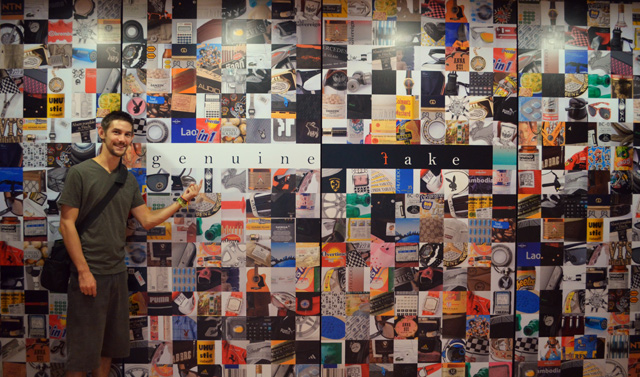

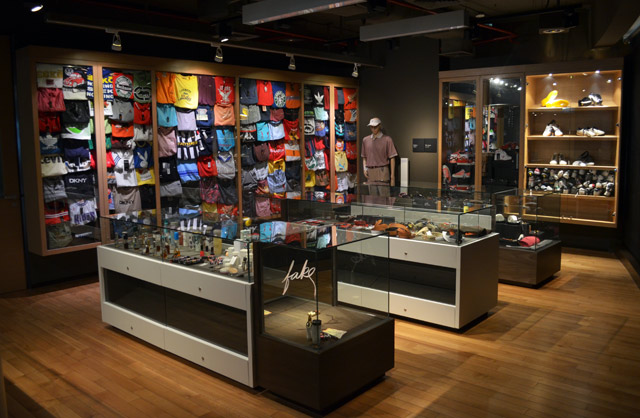
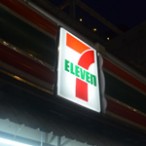
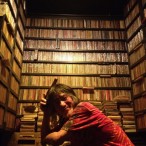

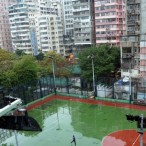
My Ray Bans, fake? Bah!
Sorry bro
Based on your grammar and spelling, I think this website is counterfeit 😉
Ouch. I welcome any corrections that you come across